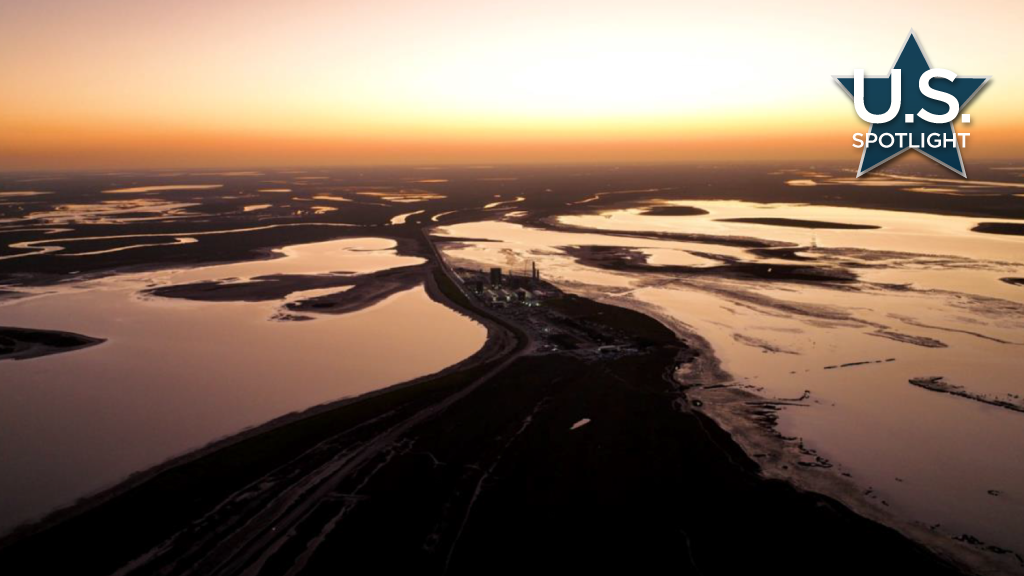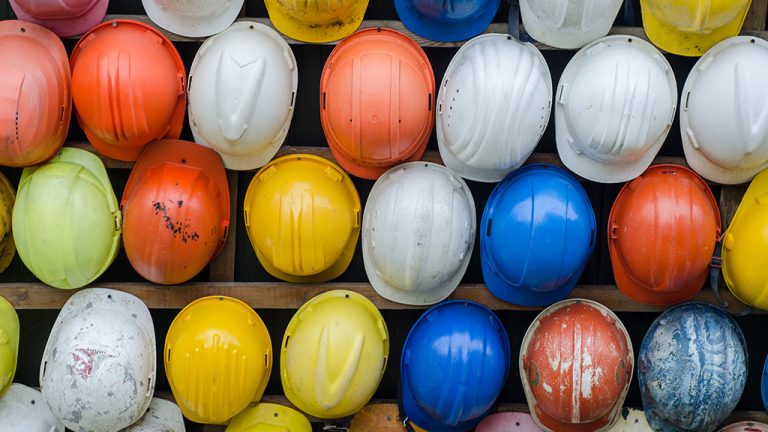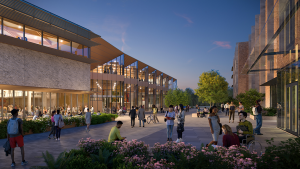SpaceX is investing $1.8 billion to build a new Starship assembly facility and launchpads along Florida’s Space Coast that will support the next phase of the company’s deep-space missions.
Site preparations for the 46.5-million-cubic-foot facility, known as Gigabay, have already begun, with construction targeted to be complete and the facility operational by the end of 2026.
The 380-foot-tall facility is being built next to the company’s HangarX location at NASA’s Kennedy Space Center. Starship rockets will be assembled at the facility before being sent to launchpads.
Two launchpads are being built — one at the Kennedy Space Center and the other at the Cape Canaveral Space Force Station.
In the coming months, construction crews will build and install deflector systems on the launchpads, which provide cooling and sound suppression water during Starship launches and catches.
Rob Long, president and CEO at Space Florida, said the Gigabay will solidify the state as the world’s hub for aerospace commerce.
“It builds on the foundation we’ve laid over the past decade and accelerates our vision for the future — one where Florida is the choice for the best minds, the boldest innovators, and the most forward-thinking investments,” he said. “Success in space requires a holistic approach to infrastructure, strategy, and talent, and Florida is leading the way.”
The process of completing environmental impact statements for Starship flight operations from both sites is continuing.
The U.S. Air Force is leading a review into how Starship launches in the state would impact the local environment. A report of SpaceX’s plans and its environmental impact is expected to be published soon, followed by a regulatory decision later this year on whether to green-light those plans.
There have been objections to the launch pads. A Boeing-Lockheed Martin Corp. joint venture, United Launch Alliance, which delivers payloads into orbit, and Jeff Bezos’ Blue Origin have called for more scrutiny into Starship’s Florida plans over concerns an explosion of the rocket could cause widespread damage. The rockets use methane and liquid oxygen propellants.
Over the past few years, multiple Starship prototypes have exploded on or above SpaceX’s sprawling, privately run facilities in Boca Chica, Texas, prompting pushback by environmental groups.
SpaceX considers the Starship explosions to be crucial learning opportunities.
The Florida project is expected to bring an estimated 600 new full-time jobs to the Space Coast by 2030.
The Gigabay in Florida will have 815,000 square feet of workspace, including ground level, elevated platform work areas and a work and meeting space on the top floor. It will be able to support
Starship and Super Heavy vehicles up to 266 feet tall and will provide 24 work cells for integration and refurbishment work, along with cranes capable of hoisting up to 400 U.S. tons.
The project is part of the company’s efforts to expand its operations and launch capabilities. Another Gigabay is under construction at the SpaceX headquarters in Texas, next to the company’s current manufacturing facility. It is targeted for completion by the end of 2026.
The Florida facility will have more than 11 times the square footage of workspace than the Texas facility. It will also have 19 additional work cells and more than twice the crane lifting capacity.
Having launchpads and manufacturing facilities in Florida and Texas will enable SpaceX to ramp up Starship launch rates. Multiple sub-orbital test flights have already been conducted. On the descent, the vehicle orients itself for a controlled aerodynamic landing.
Kiko Dontchev, vice-president of launch at SpaceX, said the company was founded with the mission of making humanity multiplanetary, and Starship is the vehicle that will enable that to happen.
Florida Gov. Ron DeSantis said Starship will be the first rapidly and fully reusable launch vehicle in history, designed to carry both crew and cargo to Earth orbit, the Moon, Mars and beyond.
Florida Department of Transportation Secretary Jared Perdue said the investment by SpaceX in the state is a major victory for Florida and solidifies The Sunshine State’s position as the epicentre for the space economy.
“Florida continues to set the pace for space innovation, breaking records with 93 launches in 2024 — up from 74 in 2023 — and the state is on track to continue this record-breaking momentum into the future as a national leader in space manufacturing, launches, and business development.”












Recent Comments